The world of gemology is filled with fascinating phenomena, and one of the most intriguing is the presence of horsetail inclusions in demantoid garnets. These delicate, fibrous formations have become a hallmark of high-quality demantoid, particularly those originating from Russia’s Ural Mountains. The term "horsetail" refers to the striking resemblance these inclusions bear to the flowing tail of a horse, creating a mesmerizing effect under magnification. For gemologists and collectors alike, understanding these inclusions is crucial for both identification and appreciation of demantoid’s unique beauty.
Demantoid garnets belong to the andradite variety of garnet, prized for their exceptional dispersion or "fire" that often surpasses even that of diamonds. What sets certain demantoids apart, however, is the presence of these distinctive horsetail inclusions. The inclusions typically consist of radiating fibers of chrysotile asbestos, which formed within the gemstone during its growth process. When viewed under proper lighting and magnification, these golden to brownish fibers fan out from a central point, creating the namesake horsetail pattern that has captivated gem enthusiasts for centuries.
The formation of horsetail inclusions tells a geological story millions of years in the making. As the demantoid crystals grew in serpentinite host rocks, they incorporated fibrous chrysotile minerals that were present in their growth environment. The unique conditions of the Ural Mountains provided just the right combination of temperature, pressure, and chemical composition to create these spectacular inclusions without compromising the gemstone’s overall integrity. Interestingly, while horsetail inclusions were once considered definitive proof of Russian origin, similar inclusions have been found in demantoids from other locations, though rarely with the same frequency or visual impact.
Identifying genuine horsetail inclusions requires careful examination under appropriate gemological conditions. Experienced gemologists typically use fiber-optic lighting and magnification between 10x to 40x to observe the characteristic patterns. The most prized specimens show well-defined, symmetrical fibers radiating from a single point near the edge or just below the surface of the stone. The color and density of the fibers can vary, with some appearing golden and others showing deeper brown tones. Importantly, the presence of these inclusions doesn’t necessarily detract from the stone’s value; in many cases, they enhance it by providing proof of natural origin and adding visual interest.
Modern gemological laboratories have developed sophisticated techniques for analyzing horsetail inclusions. Advanced microscopy, spectroscopy, and chemical analysis help distinguish natural horsetails from artificial imitations or similar-looking inclusions found in other gem varieties. The orientation of the fibers, their refractive index, and chemical composition all serve as identifying characteristics. Some laboratories now create detailed inclusion maps of important demantoid specimens, documenting the unique "fingerprint" of each stone’s internal features for future reference and certification purposes.
The market for demantoid garnets with horsetail inclusions has seen significant fluctuations over time. During the late 19th and early 20th centuries, Russian demantoids with prominent horsetails were highly sought after by European nobility and collectors. After the Russian Revolution and the decline of the Ural Mountain mines, these gems became increasingly rare. Today, with renewed interest in colored gemstones and appreciation for natural inclusions as markers of authenticity, demand has surged again. Fine specimens with well-defined horsetails can command substantial premiums, especially in sizes above two carats where such inclusions are less common.
Ethical considerations have emerged regarding horsetail-included demantoids in recent years. While the chrysotile fibers within these gems pose no health risk when encapsulated in the stone, the same mineral in its raw form is classified as a hazardous material. Reputable dealers now provide full disclosure about the nature of these inclusions, and leading gemological associations have established guidelines for their handling during cutting and setting. The gem trade has largely reached consensus that these historic inclusions should be appreciated as natural wonders rather than cause for concern, much like the silk inclusions in fine rubies or the rutile needles in rutilated quartz.
Looking to the future, research continues on horsetail inclusions and their relationship to demantoid garnet formation. Some studies suggest that the specific geometry of the inclusions may provide clues about the growth conditions of the host crystals. Other investigations focus on whether these inclusions affect the gem’s durability or optical properties in any measurable way. As new demantoid deposits are discovered in various parts of the world, gemologists remain watchful for horsetail-like inclusions that could either challenge or confirm existing theories about their formation.
For collectors and connoisseurs, demantoid garnets with horsetail inclusions represent a perfect intersection of natural beauty and scientific intrigue. These gems embody the complex processes that occur beneath the Earth’s surface over geological timescales. The horsetails serve as frozen moments in the crystal’s growth history, offering a tangible connection to the gem’s origin. As appreciation grows for inclusions that tell a stone’s story rather than perfect clarity alone, these remarkable demantoids continue to rise in status among the most desirable collector’s gems in the world.
The cultural significance of horsetail-included demantoids adds another layer to their appeal. In Russian mineralogical tradition, these gems were sometimes called "Uralian emeralds" despite being garnets, reflecting their vibrant green color. Local legends attributed magical properties to stones with particularly striking horsetails, believing they contained the spirit of the mountains where they formed. Today, while we may view them through a more scientific lens, these gems retain an undeniable mystique that transcends their physical properties, making them enduring objects of fascination in both gemological and artistic circles.
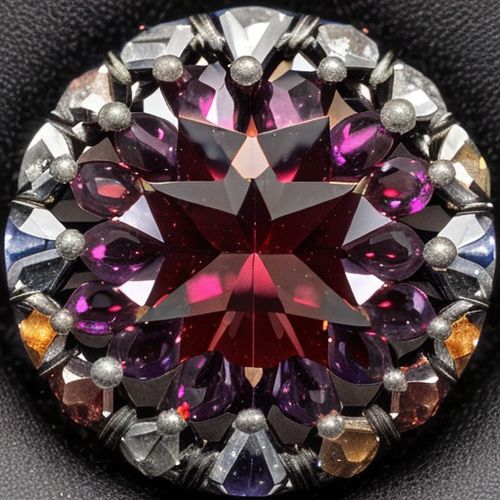
By Grace Cox/Apr 27, 2025
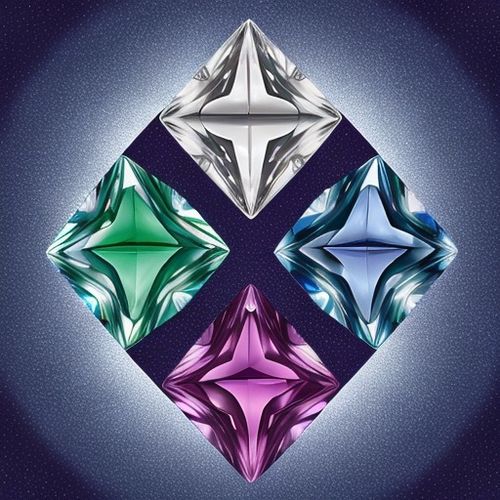
By Christopher Harris/Apr 27, 2025
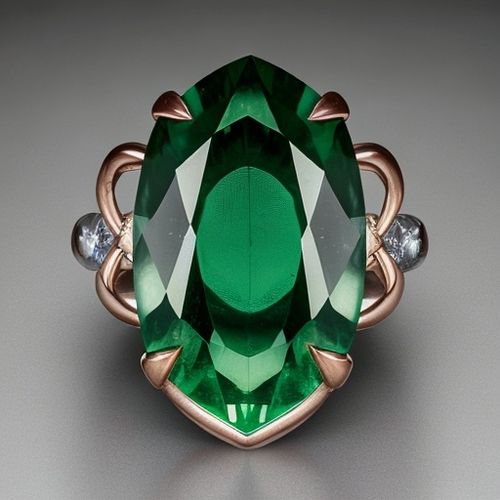
By Thomas Roberts/Apr 27, 2025
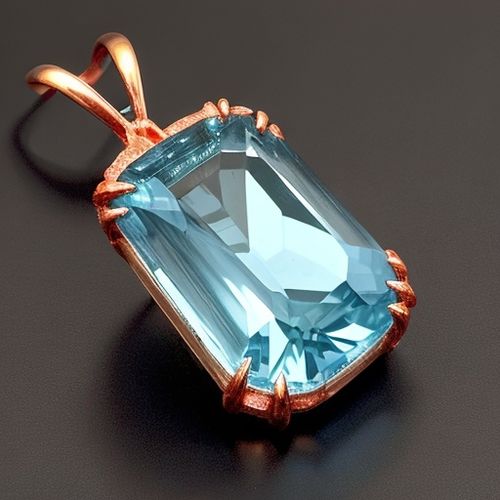
By Joshua Howard/Apr 27, 2025
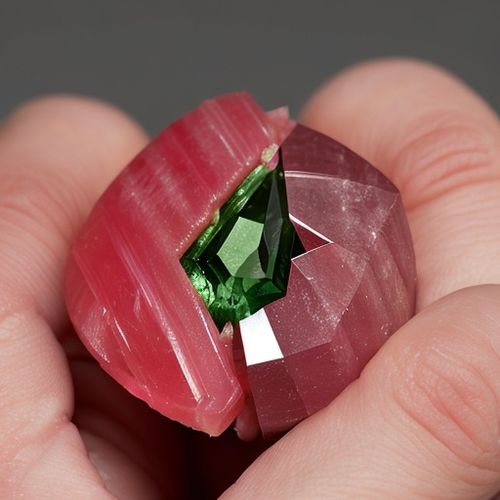
By George Bailey/Apr 27, 2025
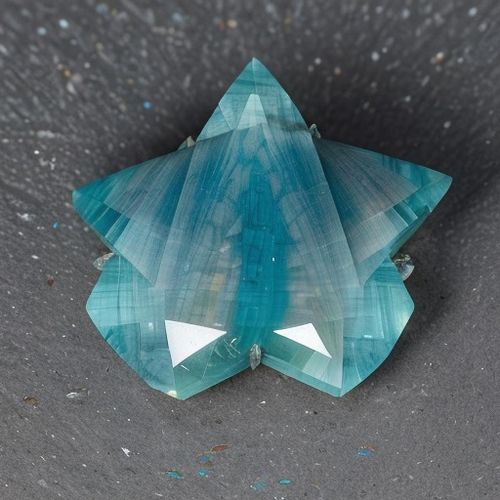
By Amanda Phillips/Apr 27, 2025
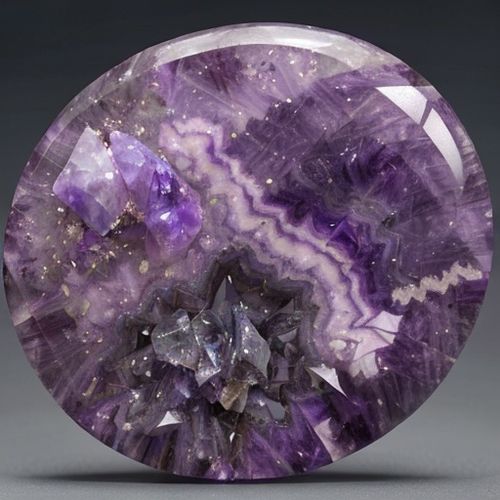
By Emily Johnson/Apr 27, 2025
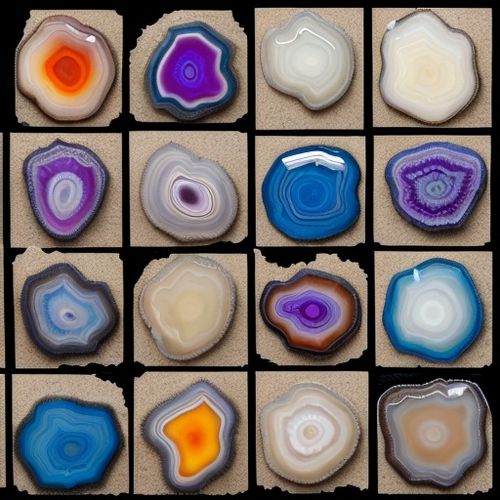
By Samuel Cooper/Apr 27, 2025
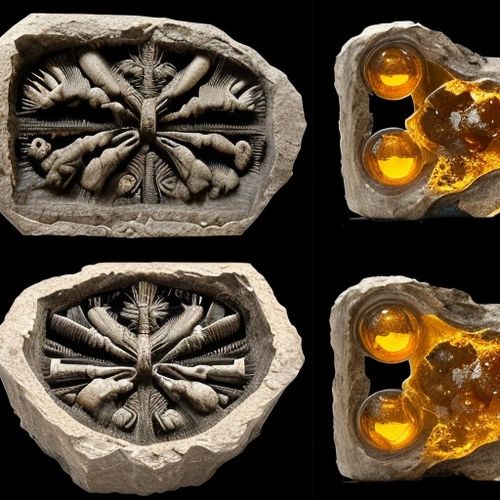
By Emma Thompson/Apr 27, 2025

By George Bailey/Apr 27, 2025
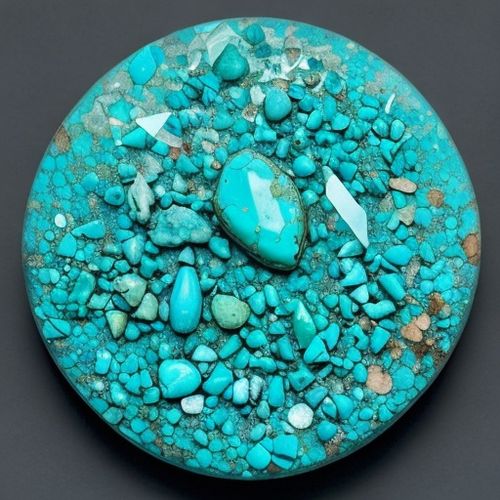
By Eric Ward/Apr 27, 2025
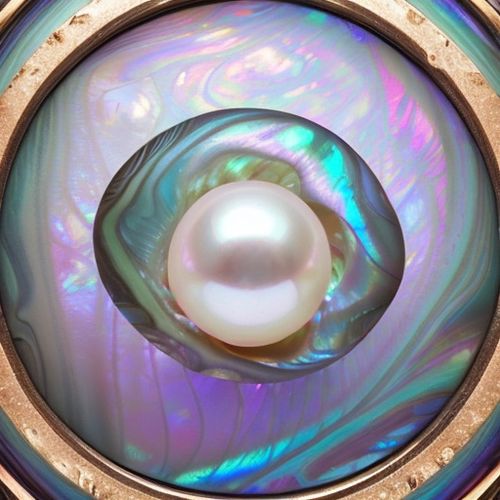
By Noah Bell/Apr 27, 2025
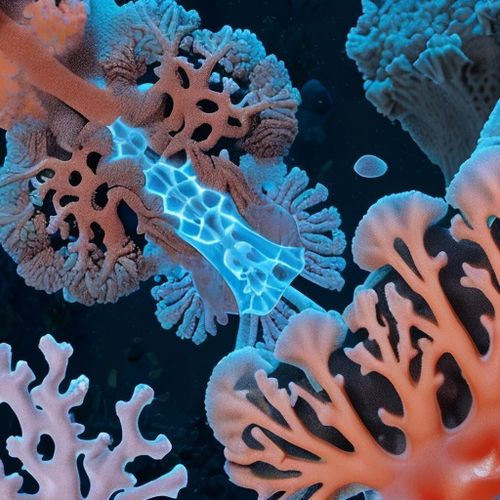
By Samuel Cooper/Apr 27, 2025
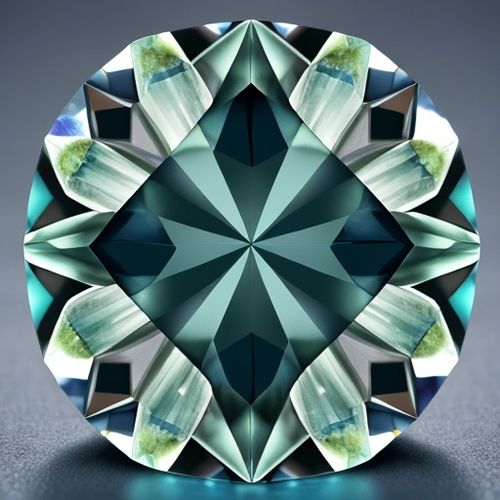
By Eric Ward/Apr 27, 2025
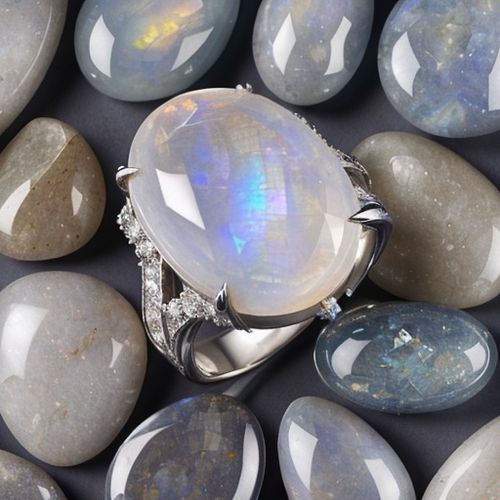
By George Bailey/Apr 27, 2025
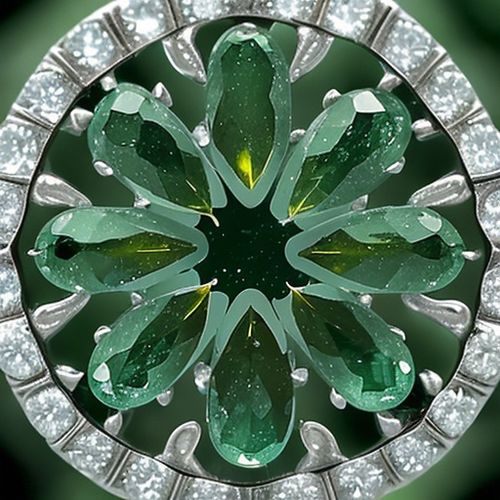
By Eric Ward/Apr 27, 2025
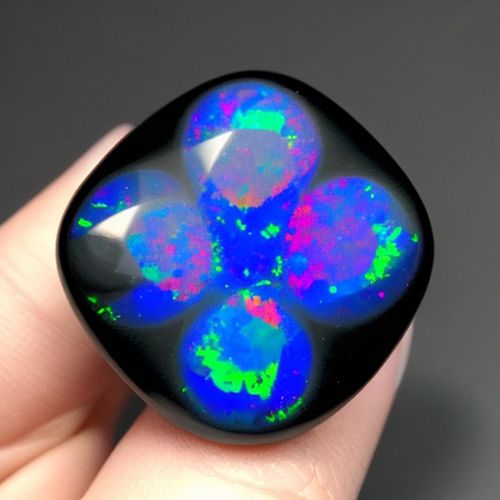
By David Anderson/Apr 27, 2025
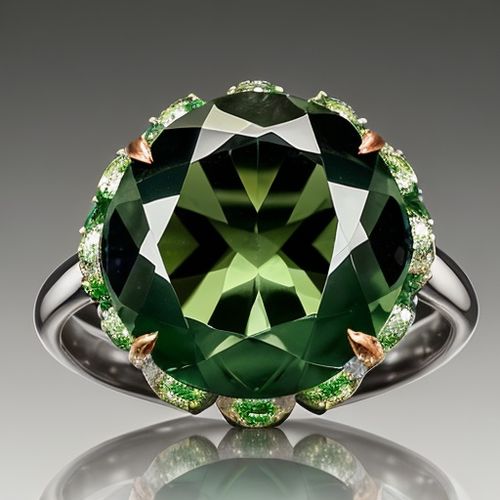
By Lily Simpson/Apr 27, 2025
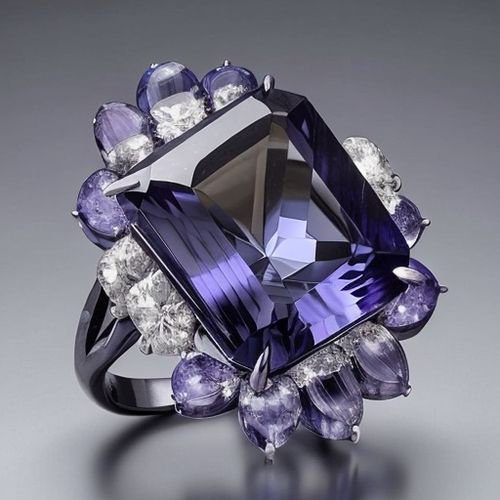
By Natalie Campbell/Apr 27, 2025
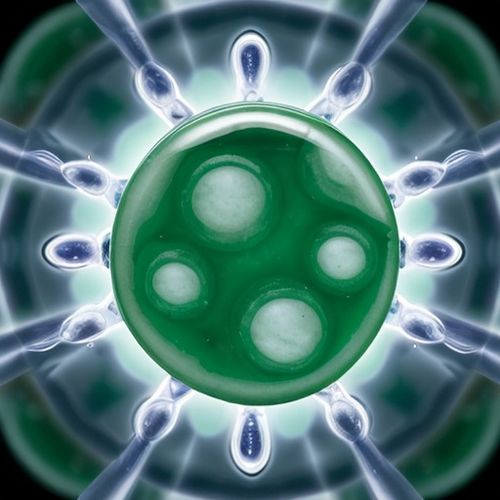
By William Miller/Apr 27, 2025